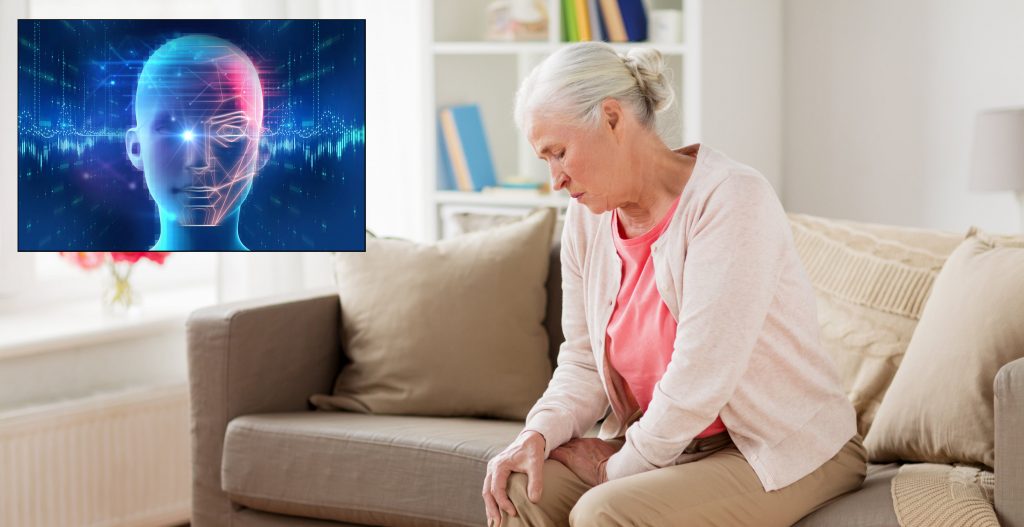
Wearable devices can play a role in reducing injury recidivism, which refers to the tendency for individuals to re-injure themselves after a previous injury.
Wearable devices can help to track physical activity and provide feedback on movement patterns and posture. For example, wearable devices can alert individuals when they’re engaging in movements that put them at risk of re-injury, or they can provide real-time feedback on technique during rehabilitation exercises. This can help individuals to avoid movements that put them at risk of re-injury and to incorporate safe and effective rehabilitation exercises into their daily routine.
This can help individuals to avoid movements that put them at risk of re-injury and to incorporate safe and effective rehabilitation exercises into their daily routine.
Additionally, wearable devices can provide objective and continuous data on physical activity levels and function, which can be used to monitor progress and adjust rehabilitation plans as needed.
This can help individuals to stay motivated and on track with their rehabilitation, and to avoid setbacks and re-injury.
However, it’s important to note that wearable devices are not a substitute for professional medical care and guidance. Individuals who have sustained an injury should seek the advice of a qualified healthcare professional to develop a safe and effective rehabilitation plan. The use of wearable devices should complement and support professional medical care, not replace it.
While wearable devices can play a role in reducing injury recidivism, they should be used as part of a comprehensive approach to injury rehabilitation and management, and in consultation with a qualified healthcare professional.
